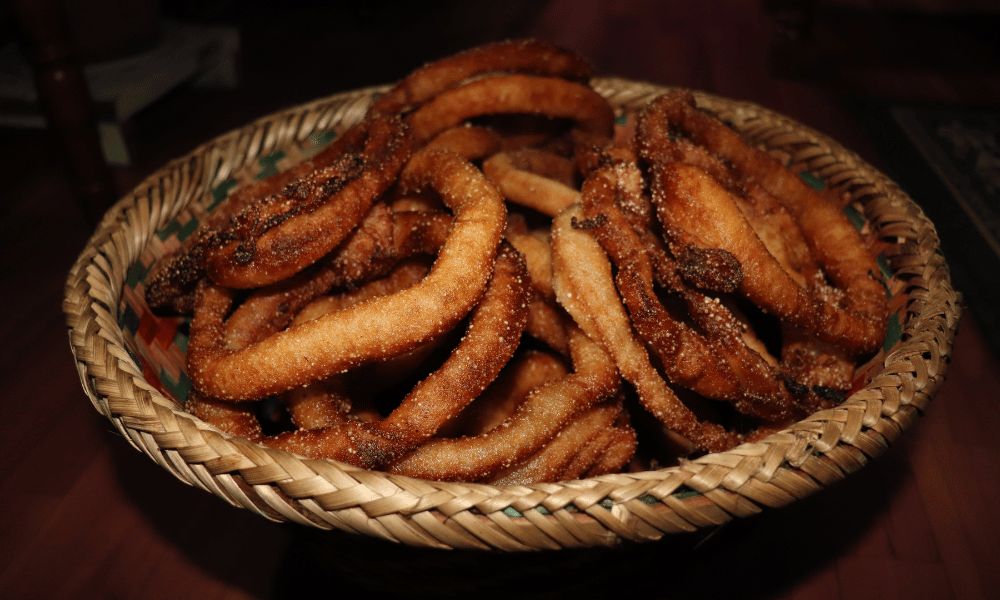Bhutan, the Land of the Thunder Dragon, is not only known for its stunning landscapes and rich culture but also for its unique and flavorful cuisine. Bhutanese food, deeply rooted in tradition and local ingredients, offers a culinary journey like no other. Join us as we explore the tastes, textures, and traditions that make Bhutanese cuisine a must-try for any food enthusiast.
The Spice of Life: Chilis
In Bhutan, chilis are not just a seasoning; they are a staple. The Bhutanese love their food spicy, and this is evident in the national dish, Ema Datshi. Made from green chilis, cheese, and sometimes tomatoes, Ema Datshi is a fiery and creamy delight that is served with almost every meal. The heat of the chilis, combined with the richness of the cheese, creates a dish that is both comforting and invigorating. Variations of Datshi dishes, such as Kewa Datshi (potatoes and cheese) and Shamu Datshi (mushrooms and cheese), also highlight the Bhutanese affinity for cheese and spice.
Hearty Staples: Rice and Buckwheat
Rice, particularly red rice, is a fundamental part of Bhutanese meals. This nutty-flavored rice, grown in the fertile valleys of Paro, is rich in nutrients and complements the spicy dishes perfectly. Another staple is Buckwheat, especially in the higher altitude regions where it is used to make Puta (buckwheat noodles) and Khur-le (buckwheat pancakes). These hearty grains provide the energy needed for the mountainous lifestyle of the Bhutanese people.

Meat Lovers’ Paradise: Pork, Beef, and Chicken
Bhutanese cuisine features a variety of meats, with pork, beef, and chicken being the most common. Phaksha Paa, a dish of pork cooked with radishes or spinach and spiced with dried red chilis, is a popular choice. Jasha Maru, a spicy chicken stew with tomatoes and ginger, is another favorite. For beef lovers, Shakam Paa, dried beef cooked with dried chilis and radish, offers a chewy and flavorful experience. The preservation of meat through drying is a common practice in Bhutan, adding a unique texture and depth of flavor to their dishes.
The Power of Dairy
Dairy products, especially cheese and butter, play a significant role in Bhutanese cuisine. Apart from the ubiquitous Datshi dishes, butter is used in Suja, the traditional butter tea. Suja, made from tea leaves, butter, and salt, is a warm and savory beverage that helps locals stay warm in the chilly mountain climate. Desi, a sweet rice dish made with butter, sugar, and saffron, is often served during special occasions and celebrations.

Vegetables Galore
Despite the heavy use of meat and dairy, Bhutanese cuisine also features an array of vegetable dishes. Seasonal greens, potatoes, mushrooms, and radishes are commonly used. Goen Hogey, a cucumber salad with chili powder, cilantro, and a drizzle of local cheese, is a refreshing side dish. The simplicity and freshness of the ingredients shine through, providing a balance to the richer, spicier main dishes.
Sweet Endings: Desserts
Bhutanese desserts are simple yet satisfying. Zow Shungo, a dish made from red rice mixed with butter and sugar, and Momo, steamed dumplings filled with sweetened sesame seeds or jaggery, are popular sweet treats. These desserts, often enjoyed with a cup of Ara (a traditional alcoholic beverage made from rice or corn), provide a delightful end to a hearty Bhutanese meal.
Dining Etiquette
When dining in Bhutan, it’s customary to wash your hands before and after meals, as food is often eaten with the hands. Sharing food is a common practice, symbolizing community and togetherness. Don’t be surprised if your host offers you more food than you can eat; refusing politely or taking small portions initially is acceptable.

Bhutanese cuisine is a rich tapestry of flavors and traditions, reflecting the country’s cultural heritage and natural bounty. From the fiery kick of Ema Datshi to the comforting warmth of Suja, each dish tells a story of the land and its people. As you embark on a culinary journey through Bhutan, be prepared to experience a symphony of tastes that will leave a lasting impression on your palate and your heart. So, when planning your visit to Bhutan, make sure to savor the local cuisine – it’s an essential part of the Bhutanese experience that you won’t want to miss.
